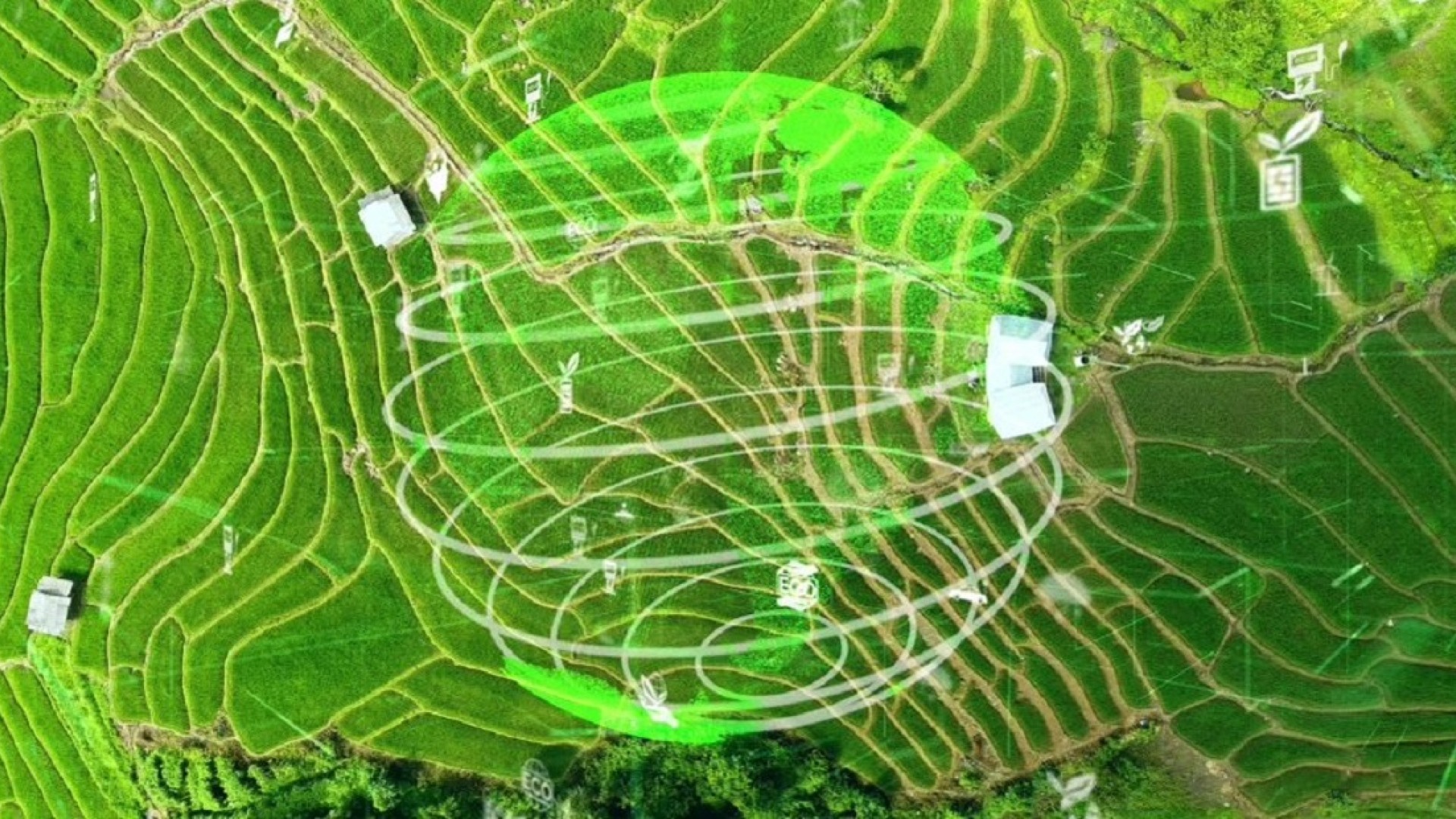What is the Energy Transition? - A Global Shift
By Cummins Inc., Global Power Technology Leader

Which sectors will be most affected by the energy transition? The global shift from fossil fuels to renewables is driven by concerns about climate change, air quality, and energy security. Let’s explore the basics of the energy transition and consider the challenges that must be overcome to shape a sustainable future.
What is the energy transition?
The energy transition is a global shift in the way that we supply and consume energy. One key aspect of the energy transition is the replacement of fossil fuels with renewable resources. Concerns about the impact of fossil fuel use on climate change are a fundamental motivation for the energy transition. Others include air quality and energy security considerations. The energy transition is transforming many aspects of the economy, such as the electricity system, public and private transportation, and many industrial sectors.
Energy transitions in history
Throughout history, we can find examples of remarkable social and economic transformations caused by the introduction of new ways to obtain and use energy. The Industrial Revolution, for example, was made possible by the large-scale use of coal using innovative technologies like the steam engine. In the twentieth century, the invention of the internal combustion engine and the development of petroleum transformed the world. Other, more local energy transitions have occurred. The widespread use of whale oil for illumination, for example, changed the economy of several Nordic countries where the whaling industry developed.
Today’s energy transition is important because of the urgency of change. Whereas coal use increased over a century or so as a prelude to and during the Industrial Revolution, the current energy transition demands accelerated measures. Today’s success depends on reducing energy-related CO2 emissions and restricting global temperature rise to within 1.5° of pre-industrial levels. According to the IPPC’s Special Report on the impacts of global warming, for example, extreme heatwaves will become widespread at 1.5 degrees Celsius warming. With global warming surpassing 1.5 degrees Celsius, the probability of twice as many megacities experiencing heat stress is likely. At 2 degrees Celsius warming, about 37 percent of Earth’s population will be exposed to severe heatwaves at least once every five years. In many regions, warming has already exceeded 1.5 degrees Celsius above pre-industrial levels.

Which sectors will the energy transition affect most?
Almost all sectors of activity will experience change, but some more than others. Those sectors that cause the greatest amounts of greenhouse gas emissions will experience the greatest transformation. They include transportation, residential heating, heavy industry, agriculture, electricity generation, and more.
A large number of transportation companies are designing and implementing strategies to reduce their greenhouse gas emissions. Trucking companies, which cause about a quarter of the overall emissions coming from the U.S. transportation sector, are considering their options. Whether these companies opt to use renewable diesel, switch to compressed natural gas or renewable natural gas vehicles, or invest in hydrogen vehicles, Cummins has a solution. You are welcome to learn more about Cummins’ industry-first fuel-agnostic internal combustion powertrain solutions.
In the power generation sector, the most apparent impact of the energy transition is the rise of renewable energy resources, such as wind and solar. In most areas, the construction of solar arrays and wind farms requires the construction of battery energy storage systems and small, flexible thermal power plants. These can immediately pick up the load when clouds obscure the sun or when the wind stops blowing. Increasingly, commercial, and industrial businesses with a backup generator have the option to access wholesale electricity markets. In that way, it is possible for on-site generators to become grid resilience assets on a “part-time” basis. Cummins leading power generator solutions supply flexible engine generators for backup, prime power, and continuous power applications.
What are the challenges of energy transitions?
Climate change is an imminent threat. The only way to avert great damage is by rapidly reducing our greenhouse gas emissions as a society. The urgent nature of the challenge requires extremely rapid change.
Changing the way we produce and consume energy in modern society is not a simple task. Transforming a country's energy infrastructure is not like replacing iPhones with the latest model.
Still, the rate of change over the past 10 years has been impressive. Electric vehicles have gone from being almost unheard of to achieving mass market appeal. Renewable electricity generation has grown at an exponential pace. Between 2010 and 2021, the amount of electricity generated in the U.S. from fossil fuels diminished by 13%, while the amount of electricity provided by renewable resources other than hydro increased by about 250%.
The main challenges of the energy transition are cost, infrastructure availability, reliability, and technology readiness. One challenge across almost every sector of activity is the expensive nature of low-emissions solutions. Continued adoption of green technology often lowers costs. The cost of wind turbines and solar cells, for example, has led to solar and wind electricity to be significantly cheaper than electricity made from fossil resources.
Author Profiles

Cummins Inc., Global Power Technology Leader
Cummins Inc., a global power solutions leader, comprises five business segments - Components, Engine, Distribution, Power Systems, and Accelera by Cummins - supported by its global manufacturing and extensive service and support network, skilled workforce and vast technological expertise. Cummins is committed to its Destination Zero strategy - the company's commitment to sustainability and helping its customers successfully navigate the energy transition with its broad portfolio of products. Cummins has approximately 69,900 employees and earned $3.9 billion on sales of $34.1 billion in 2024. See how Cummins is leading the world toward a future of smarter, cleaner power at www.cummins.com.
Related Tags